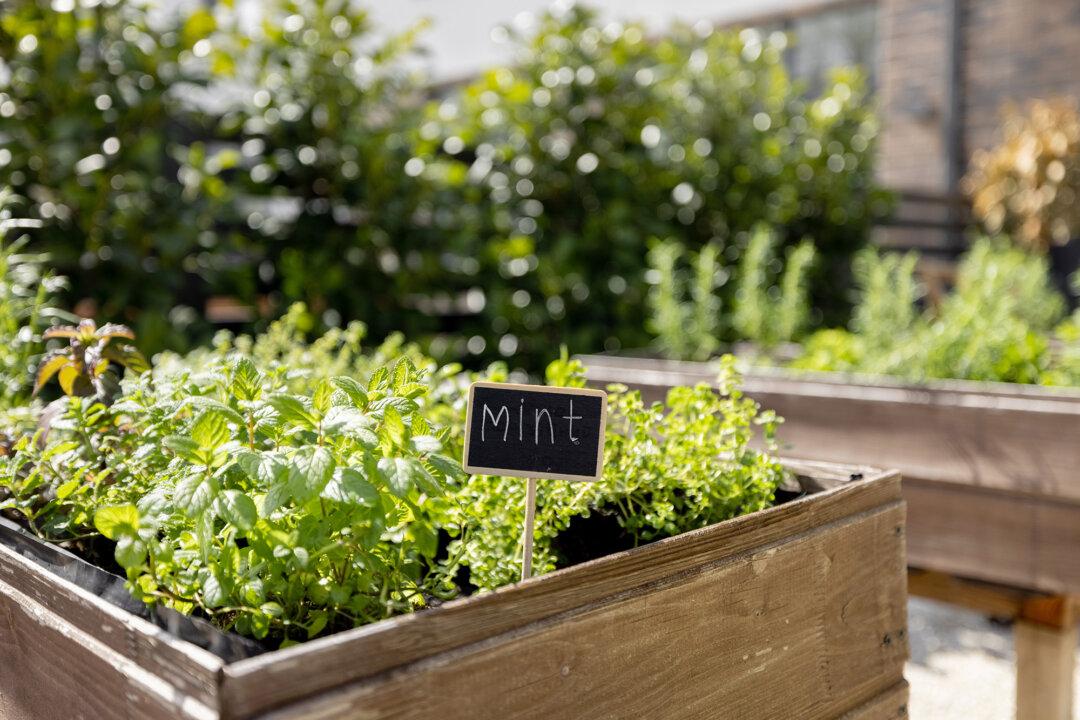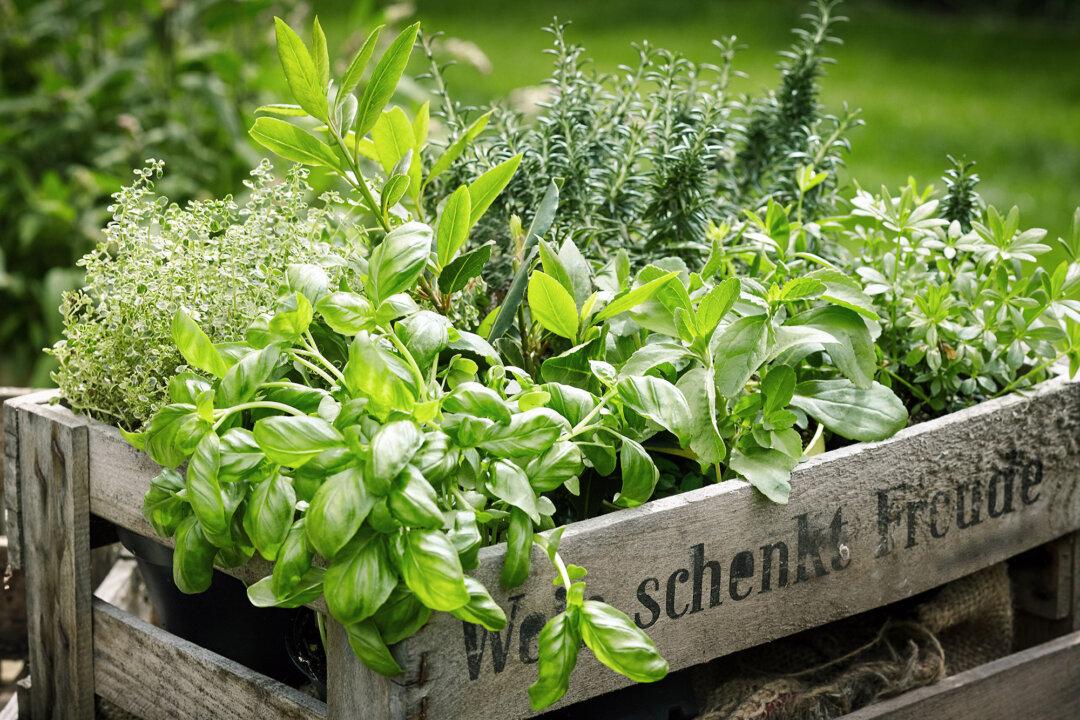By “taking out the trash,” a garbage disposal creates a healthier kitchen and, ultimately, a happier home. Just think: When you toss a banana peel into the trash can, it immediately begins to decompose, attracting bacteria, germs, and perhaps bugs. It’s much more sanitary to dispose of food waste down the drain.
To do so, however, they must first be ground into very tiny particles. In fact, even the seemingly harmless small items that most people put down the drain directly, such as diced chives or vegetable scraps, need to be ground up very minutely to ensure they don’t cling to the walls of your pipes. Otherwise, they will lead to buildup, slow-running drains, and plumber’s bills.





